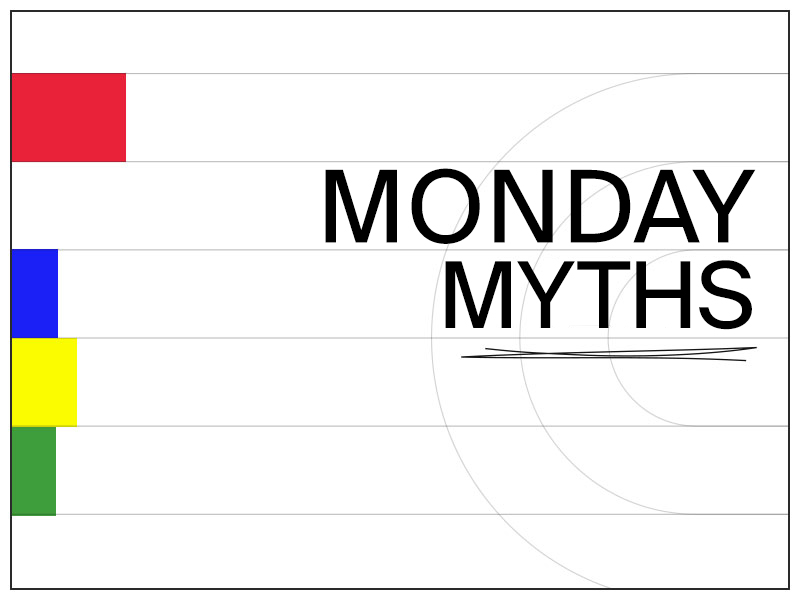by Jeremy Plonk
January 11, 2022

Welcome to a continuing handicapping series for our Monday blog space, “Monday Myths.” Each week I’ll use the power of the Betmix database to take common handicapping assumptions and either support or dispel them with data. Betmix data powers the 1/ST BET app and its features like Angler and Birddog give data-minded horseplayers a treasure trove of information in which to query your own curiosities.
Assumption:
Jockey changes can make a significant difference.
Background:
Jockeys are like Quarterbacks in football – they probably take too much blame for a loss and get too much credit for a win. But you can’t watch a race around a group of people without some comment about the riders pre-race and post-race. So how much impact do they have when a rider change is made from race to race?
Data Points:
I dialed up the Betmix database for all races in 2021 and studied the horses who made a jockey change from their previous race. I measured the jockey change as positive or negative based on both riders’ win percentages. I looked at various class levels to see if jockey changes meant any more or less with the quality of horses.
Overall Findings:
Horses moving from a higher percentage jockey to a lower percentage jockey won 10.3% with $0.74 ROI.
Horses moving from a lower percentage jockey to a higher percentage jockey won 13.7% with $0.77 ROI.
//
Maiden claiming horses moving from a higher percentage jockey to a lower percentage jockey won 10.8% with $0.71 ROI.
Maiden claiming horses moving from a lower percentage jockey to a higher percentage jockey won 14.2% with $0.77 ROI.
//
Maiden special weight horses moving from a higher percentage jockey to a lower percentage jockey won 11.2% with $0.78 ROI.
Maiden special weight horses moving from a lower percentage jockey to a higher percentage jockey won 13.1% with $0.69 ROI.
//
Claiming horses moving from a higher percentage jockey to a lower percentage jockey won 11.1% with $0.75 ROI.
Claiming moving from a lower percentage jockey to a higher percentage jockey won 14.1% with $0.80 ROI.
//
Allowance moving from a higher percentage jockey to a lower percentage jockey won 10.9% with $0.67 ROI.
Allowance moving from a lower percentage jockey to a higher percentage jockey won 13.9% with $0.72 ROI.
//
Stakes horses moving from a higher percentage jockey to a lower percentage jockey won 9.1% with $0.66 ROI.
Stakes horses moving from a lower percentage jockey to a higher percentage jockey won 12.9% with $0.77 ROI.
Overall Findings:
At each class level and overall, horses going from a lower to higher percentage jockey increased their chances of victory by about 3% overall in strike rate. The findings and gap between the positive and negative jockey changes remained very consistent across the various class levels. And even though the presence of a better jockey would by assumption keep the price down on the return bid, the overall ROI for this positive jockey move still rates better than a step down in jockey in terms of value.
Bottom line:
Horses making a positive rider change aren’t automatic bets, but they’re certainly better bets than those that are going from a higher percentage jockey to a lower one. Overall, it’s safe to say a jockey change can make a statistical difference. You can go into Betmix and run your own queries for a deeper dive into this theory and any that you can create. For instance, check which trainers are more potent when changing jockeys or which tracks these kinds of moves are more or less successful.